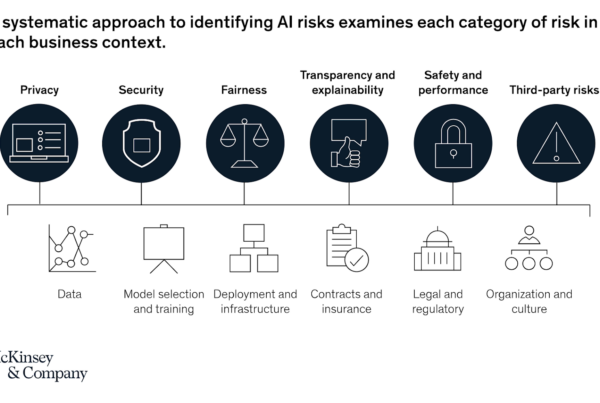2021 heralds a new year and a beginning-of-the-end to the pandemic, thanks in large part to extraordinary scientific breakthroughs and a global vaccine roll-out operation. The next phase will address long-term mitigation strategies, in addition to, how organizations can rebound with new lessons learned.
The pandemic proved that many enterprises are ready to evolve into hybrid or strictly remote workplaces. According to McKinsey, companies need to prioritize business building for organic growth, launch new businesses at an accelerated rate, and reinvent themselves through “next-normal operating models.” These operating models must consider and bring together agile processes, nimbler ways of working, and increased speed and productivity.
The Next Generation of Business
The November-December issue of Harvard Business Review does an excellent job of addressing the next generation of business-building and leadership, as well as the work-from-anywhere (WFA) or remote-office movement within knowledge-work organizations. Constant change and organizational disruption have become more normal than routines. Despite these abrupt comfort zone departures, organizations took advantage of new opportunities this year like exploring WFA capabilities and technologies.
Are You Ready to Work from Anywhere?
Benefits to organizations are evident around lowered costs, better workforce recruitment and retention, and increased productivity. Here are more findings that Harvard Business School Prof. Prithwiraj Choudhury describes in “Our Work-From Anywhere-Future”:
- Individuals thrived with the newfound freedom to live anywhere in the world and engage in quality of life explorations (“digital nomad”).
- Organizations benefited through reduced turnover, and overhead costs accompanied by an increase in employee engagement as they were happier and more productive in their roles.
- Society-at-large grew with this new model as it showed pathways to reversing the “brain drain” that has adversely affected emerging markets, remote locations, and rural communities
Choudhury says that common concerns like communication, brainstorming, and problem-solving can be addressed through asynchronous communication strategies and collaboration tools like Zoom, Skype, Microsoft Teams, and Google Hangouts. Knowledge-sharing can be accomplished by creating a comprehensive, accessible central repository for content and documentation. And the major concern around socialization, camaraderie, and morale can be addressed through virtual water-cooler type of events or AI-VR meetups.
Disruption and Digital Transformation
The only certainties accompanying 2020 were disruption and transformation; however, individuals and many organizations proved that adversity was a stimulus for necessary change that would help them survive but thrive. 2021’s next normal will include more agile and flexible workspaces that embrace new perspectives and challenges.











